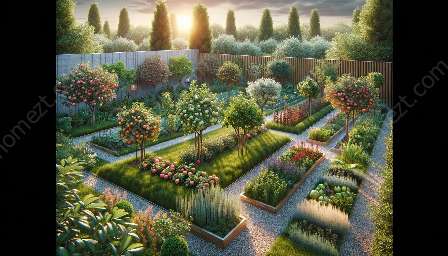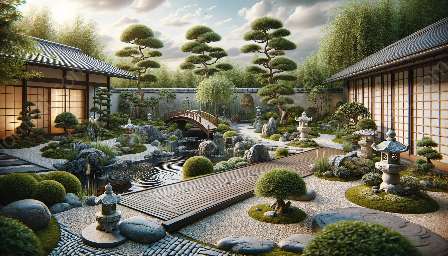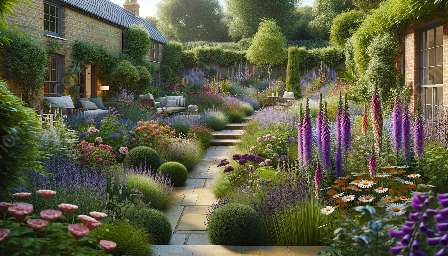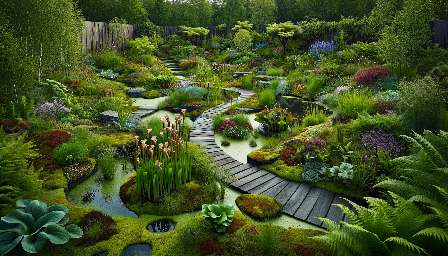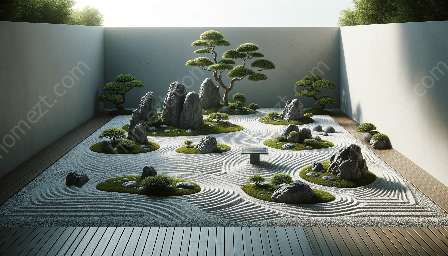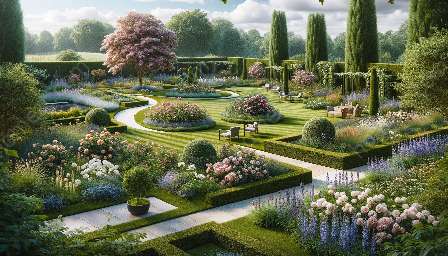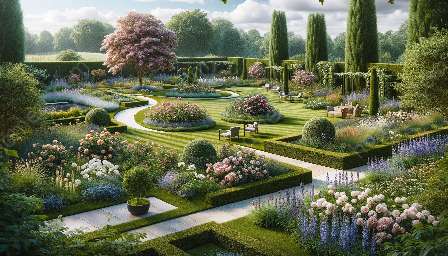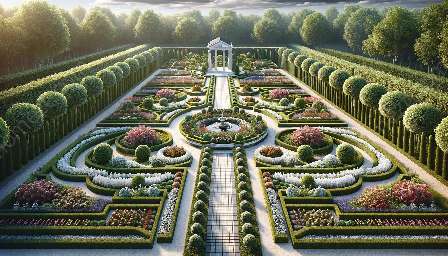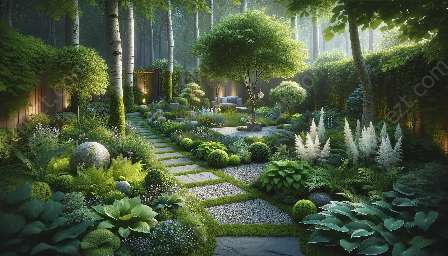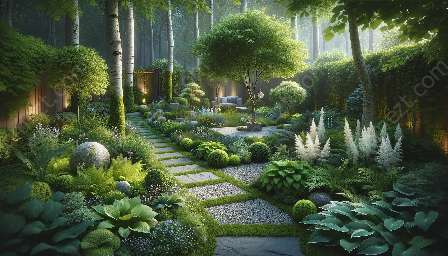Japanese gardens are renowned for their serene beauty, meticulously crafted designs, and deep cultural significance. They stand out among other types of gardens, such as flower, vegetable, and herb gardens, due to their unique elements and design principles.
Several key components make Japanese gardens distinct, including the use of carefully placed rocks, tranquil water features, and carefully manicured trees and plants. These elements are combined to create a sense of harmony and balance, inviting visitors to find peace and tranquility within the garden's boundaries.
The principles of Japanese garden design, such as asymmetry, borrow from natural landscapes and seek to evoke emotions and a sense of mindfulness. These principles differentiate Japanese gardens from other garden types, emphasizing the connection between nature, human presence, and spiritual reflection.
The Elements of a Japanese Garden
When delving into the world of Japanese gardens, it's important to understand their fundamental elements. These include:
- Rocks and Sand: The use of rocks and sand to represent natural formations and bodies of water.
- Water Features: Ponds, streams, and waterfalls are common in Japanese gardens, symbolizing the flow of life and tranquility.
- Plants and Trees: Trees, shrubs, and carefully pruned plants play a crucial role, with maple, cherry, and pine trees being popular choices for their aesthetics and symbolism.
- Tea House and Lanterns: These structures are often incorporated into Japanese gardens, serving as spaces for relaxation and contemplation.
- Bridges and Pathways: Various pathways and bridges guide visitors through the garden, offering different perspectives and experiences.
The Significance of Japanese Gardens
Japanese gardens hold deep cultural, philosophical, and spiritual significance. They are not merely spaces for horticulture, but rather environments carefully designed to invoke specific feelings and provoke introspection.
Within the context of other types of gardens, Japanese gardens stand out for their emphasis on creating a holistic and immersive experience. While flower gardens, vegetable gardens, and herb gardens often focus on the practical and visual aspects of plant cultivation, Japanese gardens transcend these purposes, aiming to foster a deep connection with nature and the self.
Visitors to Japanese gardens are encouraged to engage in the practice of shinrin-yoku, or 'forest bathing,' a concept promoting the healing and calming effects of spending time in a natural environment. This concept is pivotal to understanding the appeal and significance of Japanese gardens in comparison to other types of gardens.
Creating Your Own Tranquil Oasis
Whether you have a spacious backyard or a compact outdoor area, drawing inspiration from Japanese gardens can help you design a peaceful retreat of your own. Integrating Japanese garden elements, such as carefully placed rocks, a small water feature, and pruned plants, can bring a sense of tranquility and harmony to your space.
By understanding the principles of Japanese garden design and its significance, you can adapt these concepts to your specific garden type, whether that be a flower, vegetable, or herb garden. Embracing asymmetry, natural materials, and a sense of minimalism can enrich the ambiance of any garden, aligning it with the profound philosophy of Japanese gardens.
Embark on a journey of self-reflection and appreciation for nature as you explore the captivating world of Japanese gardens, and let their timeless allure inspire your own garden endeavors.





